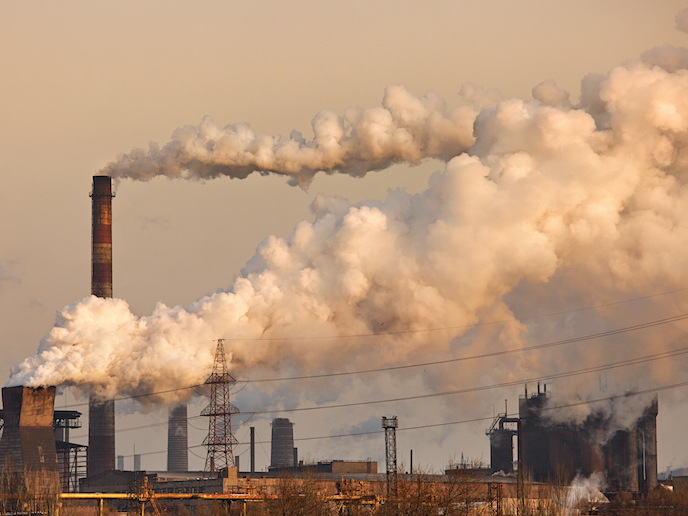Wireless sensor solution for greenhouse gas monitoring
Since the beginning of the Industrial Revolution, human activity has resulted in a dramatic increase in the atmospheric concentration of carbon dioxide (CO2). Carbon sinks – reservoirs, natural or otherwise, that accumulate and store air pollutants and greenhouse gases – can help to lower the concentration of CO2 in the atmosphere. Key natural carbon sinks on our planet include plants, the ocean and soil. Plants take CO2 from the atmosphere to use in photosynthesis; some of this carbon is transferred to soil as plants die and decompose. The oceans are a critical storage system for CO2. “The monitoring of sources and sinks of air pollutants and greenhouse gases is no longer a purely scientific task,” explains WoRShIP project coordinator Leif Vogel, head of Innovation and Development at WoePal, Germany. “Monitoring has become important for a range of applications. Exposure to air pollutants is a fundamental parameter for assessing health and well-being, while next-generation agricultural applications also seek to monitor pollution levels and changes in greenhouse gas concentrations.” There is however a current gap in the monitoring market. Commercially available low-cost sensors are not sensitive enough. Sensors with sufficient sensitivity are too expensive for deployment in large numbers for large-scale coverage. Satellites on the other hand can provide high spatial coverage, but with low spatial and temporal resolution.
Wireless pollution analysis
The WoRShIP project was launched to address this challenge, by bringing to market monitoring solutions capable of addressing a range of industrial, scientific and societal needs. The solution is based on unique photoacoustic gas detection technology, pioneered by WoePal. The company saw an opportunity to apply this technology to small, highly sensitive gas analysis systems. These systems can detect a range of greenhouse gases and air pollutants and analyse greenhouse gas fluxes and concentrations. What makes the technology unique is that, combined with communication protocols like Bluetooth and Wi-Fi, the technology can be used to build affordable wireless sensory networks, and even be transformed into wearable gas sensors. “The WoRShiP project allowed us to recruit an innovation associate,” says Vogel. “This enabled us to address relevant aspects of hardware and software to get to this point, and to build a modular software platform necessary to make full use of our novel sensors.” This new software platform can be adapted to address various scenarios. These range from gathering crowd data and individual sensor logging to extensive static monitoring networks for greenhouse gas flux measurements and leak detection. A showcase application was created to highlight the platform’s capabilities. This involved the simulation of 1 000 wearables gas sensors to collect around 4 500 000 individual measurements of temperature, pressure, relative humidity and NO2 concentrations.
Potential new applications
Vogel and his team are confident that their innovation will eventually be exploited by a range of end users. These will include individual citizens using wearable pollution sensors as well as large-scale monitoring projects to assess carbon reduction schemes. “Other potential applications include smart farming and the monitoring of landfill sites,” he adds. “This technology also opens up new scientific possibilities, such as the monitoring of gas fluxes in remote, hard to access places.” The next steps include building a market-ready software platform and further developing the software and sensor product. “This project has been invaluable to our business strategy,” notes Vogel. “As the saying goes ‘you can’t manage what you can’t measure’, and our hope is that our technology will help to address challenges like climate change and air pollution.”
Keywords
WoRShIP, climate change, CO2, atmosphere, soil, plants, pollutants, air



